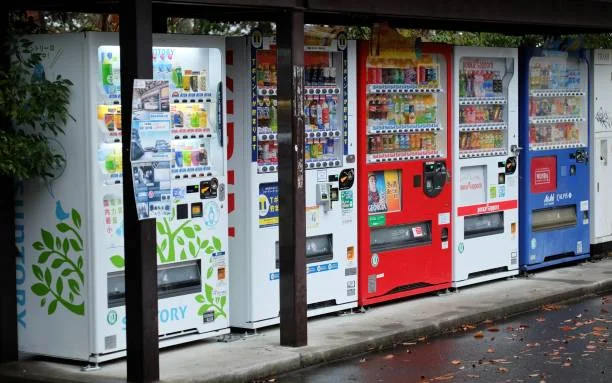Look, workplace safety in Australia has come a long way, but there’s still this annoying gap between having safety rules and actually getting the right gear to workers when they need it. That’s where PPE vending machines in Australia are making a real difference. These aren’t your typical snack dispensers – they’re smart, 24/7 safety stations that track usage, manage inventory, and make sure workers can grab what they need without hunting down supervisors or waiting for supply orders. From mining sites in Western Australia to construction projects in Sydney, these machines are solving one of the oldest problems in workplace safety: access.
The Real Problem with Traditional PPE Distribution
Here’s something most safety managers won’t tell you – traditional PPE distribution is a nightmare. Workers show up Monday morning, realize their safety glasses are cracked from last week’s job, and suddenly they’re stuck waiting around for someone with keys to the supply room. Or worse, they just make do with damaged gear because it’s easier than the paperwork.
I’ve seen this play out countless times. A study by Safe Work Australia found that 23% of workplace incidents involved inadequate or missing PPE, but here’s the kicker – most of those workers knew they needed better equipment. They just couldn’t get it fast enough.
Traditional systems create these weird bottlenecks. You’ve got one person managing supplies for 200 workers, inventory that sits in locked rooms for days, and approval processes that take forever. Meanwhile, someone’s using duct tape to fix their hard hat because they can’t wait three days for a replacement.
Discover how PPE vending machines boost safety and efficiency in every Australian site.
How Smart Vending Actually Works
PPE vending machines aren’t just fancy boxes – they’re basically mini inventory management systems with real-time tracking. Each worker gets assigned a card or code, and the machine knows exactly what they’re authorized to take and how often.
The technology behind these things is pretty clever. Most use RFID sensors to track exactly what gets dispensed and when. Some newer models even have weight sensors that can tell if someone’s trying to grab multiple items when they should only take one. The data goes straight to a central system that managers can check from their phones.
What really makes these work is the automatic restocking alerts. When glove inventory hits 20%, the system sends notifications to suppliers who can restock before anyone runs out. No more “we’ll order more next week” situations that leave workers hanging.
Real Impact on Safety Compliance
The numbers from Australian workplaces using these systems are honestly pretty impressive. BHP reported a 34% reduction in PPE-related incidents after installing vending machines across their mining operations. Workers were more likely to replace damaged equipment immediately rather than stretching it out until the next supply delivery.
But there’s something else happening that’s maybe even more important – workers are actually taking ownership of their safety gear. When you can walk up to a machine and get what you need without asking permission or filling out forms, people start treating PPE like it’s actually part of their job instead of something imposed on them.
The compliance tracking aspect is huge too. Every interaction gets logged – who took what, when they took it, how often they’re replacing items. Safety managers can spot patterns like “John goes through safety glasses twice as fast as everyone else” and figure out if there’s a training issue or if his work area has unusual hazards.
Cost Benefits That Actually Matter
Look, these machines aren’t cheap upfront, but the math works out pretty quickly. Traditional PPE distribution typically wastes about 15-20% of inventory through loss, damage, and over-ordering. Vending systems cut that waste down to around 3-5% because everything’s tracked and accounted for.
More importantly, you’re not paying someone to manage supplies full-time anymore. That supervisor who spent two hours a day dealing with PPE requests can focus on actual safety oversight instead of playing warehouse manager.
The reduced incident rates translate to real savings too. Work cover premiums, lost time, replacement worker costs – all that stuff adds up fast when people are working with inadequate protection.
Want to learn more? Our other posts are just a click away!






